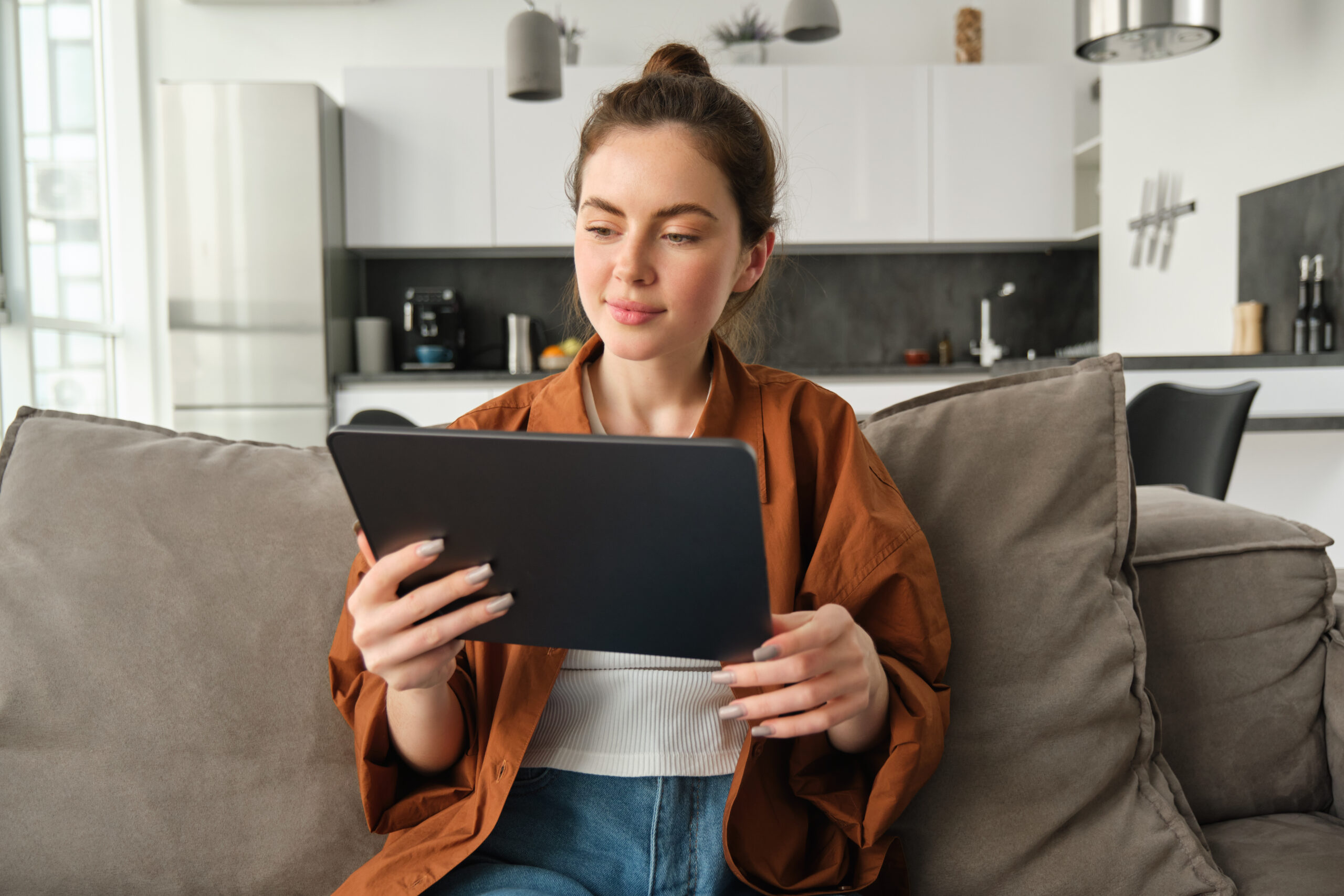
There is a big shift happening in dry eye care.
The most successful practices are moving away from the old model of explaining everything during the exam and hoping the patient remembers. Instead, they are creating systems to educate patients before and after they leave the chair.
That shift from reactive explanation to proactive education is what separates busy treatment schedules from underutilized ones.
Patients do not remember what you said during the exam
You already know this. You spend time during the exam pointing out signs of meibomian gland dysfunction or gland dropout. You might even mention the options like IPL or RF. But by the time the patient gets to their car, most of that information is gone.
They remember the word disease. They remember it might be expensive. But they do not remember the logic or the science. That makes it harder for them to say yes.
Dry eye care is not a one conversation issue. It is a journey that needs ongoing education and support. If you only talk about it once, you are relying on memory instead of strategy.
The best practices educate after the exam, not just during it
Think about your patient’s day. When they are in the chair, their mind is focused on getting through the appointment. They are not in learning mode. They are in check the box mode.
But when they get home, that is when questions surface. That is when they want to understand what you meant. That is when they are ready to learn.
That is why sending a video within 24 hours of the exam is so powerful. It meets the patient at the right moment. It answers the question they are now asking. It opens a door instead of closing a sale.
When you send clear, friendly, visual education over time, you give patients a reason to return. You help them connect the dots. And you create a consistent flow of treatment-ready conversations without overwhelming your staff.
Education is not just for patients. It is for your team too
When your staff has to explain dry eye from scratch every time a patient calls with questions, it slows everything down. Worse, it creates inconsistencies. One technician might say one thing. Another might explain it differently.
But when you use a system that delivers clear, consistent education across every patient touchpoint, it makes your team more efficient. They do not have to start from zero. They can follow up based on what the patient already watched or read.
That saves time and builds confidence on both sides of the conversation.
You do not need to record videos or build this system yourself
The best part is that this level of patient education is not something you need to create from scratch. You can use tools that are already built for dry eye practices. Tools that send videos, track engagement, and guide patients toward treatment at the right time.
That is what Hoot helps practices do. With our automated patient video system, dry eye education continues after the exam so patients stay engaged, and more of them return ready to move forward.
If you want to see exactly how modern practices are doing it, the full webinar is now available at GetHoot.com. You will hear how doctors are rethinking dry eye conversations and using automation to grow without adding to their workload.
